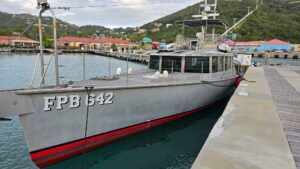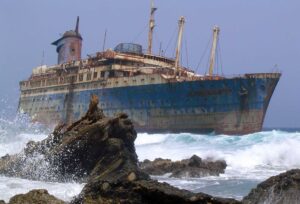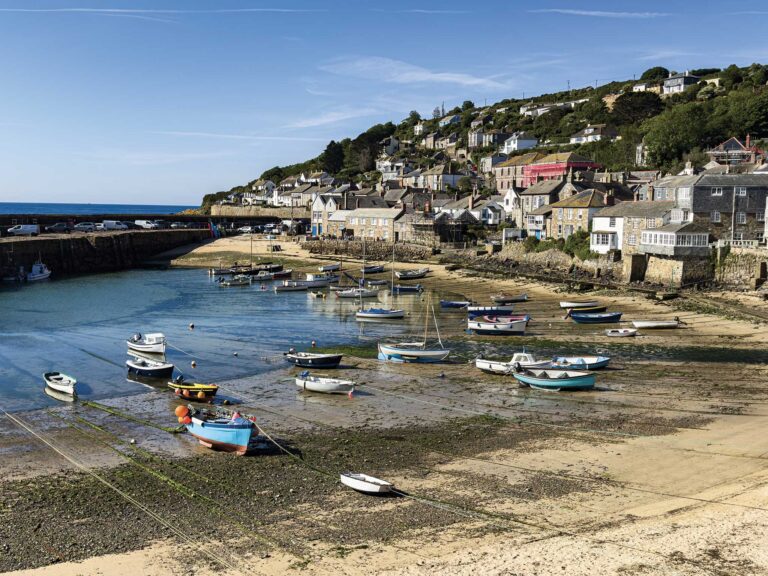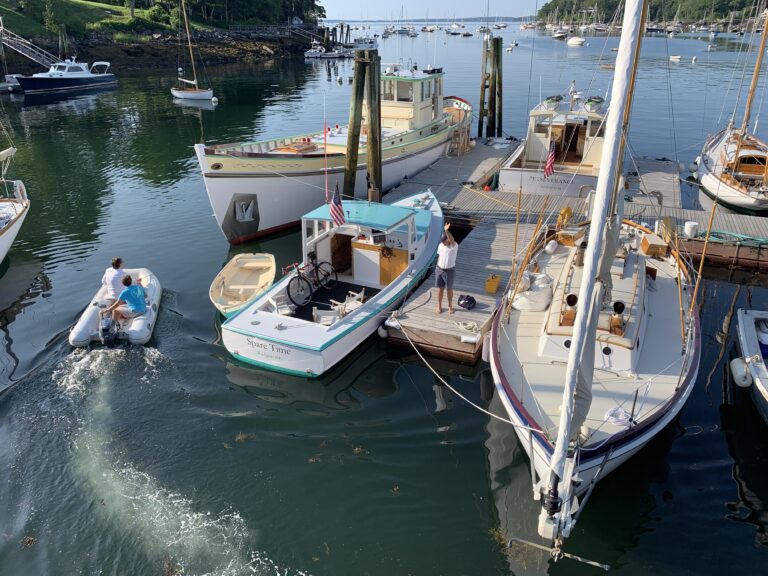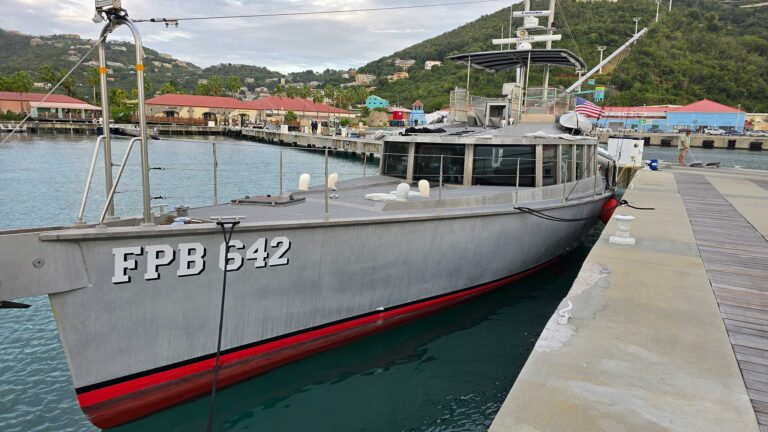
Long before Sir Richard Branson blasted himself 53 miles upward to spend about 15 minutes in space aboard Virgin Galactic’s SpaceShipTwo, he broke another barrier, whipping across the Atlantic Ocean in a record-breaking time of three days, eight hours and 31 minutes. That was in 1986, just 14 years after he created
Virgin Records, two years after he launched Virgin Atlantic Airlines, and well before anyone imagined he’d become a knighted billionaire.
He was, back then, a daredevil businessman racing across the Atlantic aboard Virgin Atlantic Challenger II. It was an aluminum monohull that had been built with lessons learned from the 65-foot catamaran Virgin
Atlantic Challenger, which sank after hitting a submerged object just 138 miles from finishing its own attempt to break the transatlantic speed record. Virgin Atlantic Challenger II was bigger at 72 feet and had twin 2,000-hp engines. She proved capable of taking a beating, including doing 50 knots in a Beaufort Scale Force 6 storm.
During that record-setting run, Branson and the crew unclenched their knuckles only after Virgin Atlantic Challenger II passed the spot where her predecessor sank, and when the finish mark (Bishop Rock Lighthouse) was in sight. “We listened to every beat of the engines on those last 200 miles,” Branson said later.
After the $2.3 million boat earned the record, a succession of owners let her fall apart. First was a Saudi-Arabian sultan, and then came a private owner in the Med. By 2013, the boat was wasting away in Spain, where Dan Stevens of Seahawks Boatworks found her. He restored the boat and put her up for sale in 2015, priced at less than half of what Branson paid to build her. Amazingly, she still had less than 1,000 hours on her engines. And she could still hit 45 knots.
Branson himself tweeted out her main selling point then, and for all eternity: “My old record-breaking boat Virgin Atlantic Challenger II is up for sale. Fancy an adventure?” Today, she’s reportedly sometimes spotted cruising around southwest England. —Kim Kavin
This article was originally published in the December 2021 issue.



